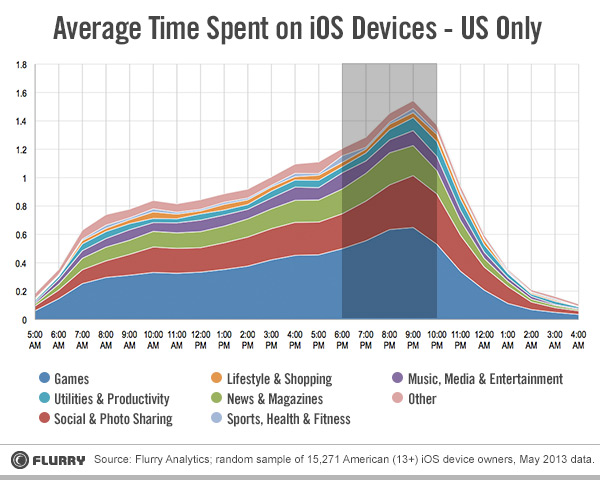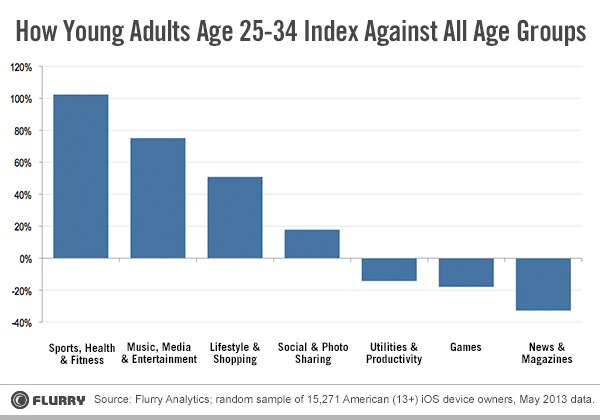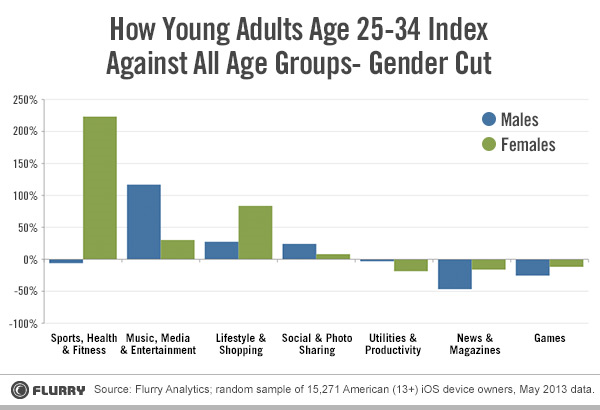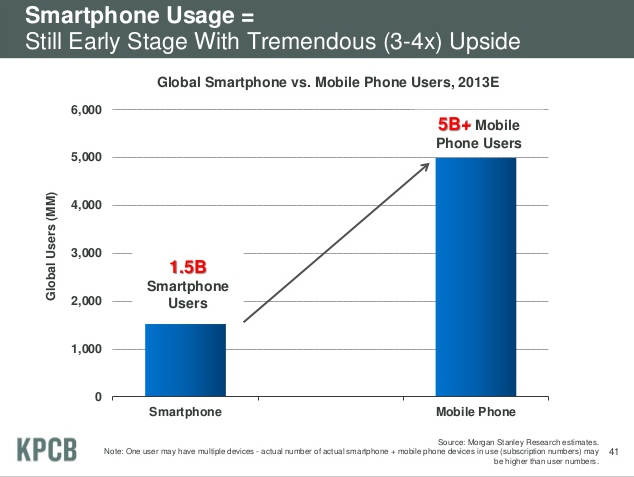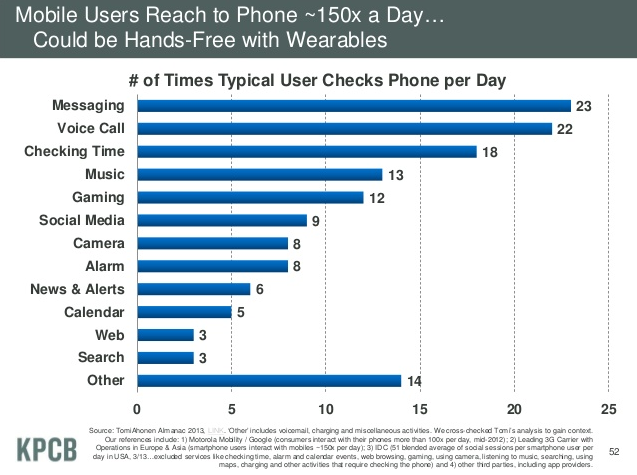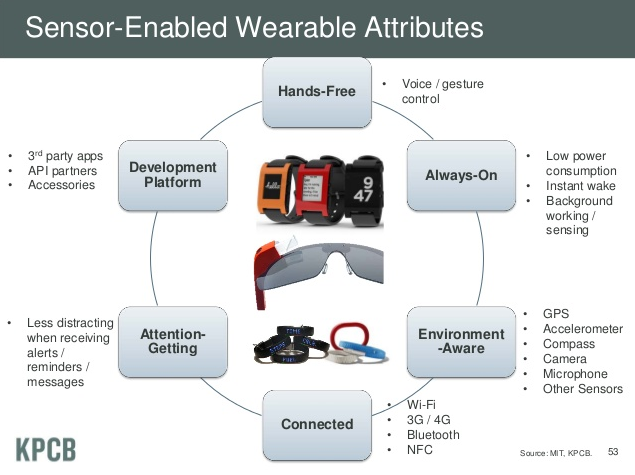How are Millennials Spending Time On Apps
Flurry released a report on the life of a US smartphone owner, on what are the main activities and at which time. The analysis was done on a cohort of 15,271 U.S. iOS users and the measurements were done for the month of May, 2013.
When it comes to usage, the busiest time is between 6 PM and 10 PM. Compared with TV, in an app-centric world, advertisers can reach users throughout all day. The top categories that take the most out of people’s time are: games, social and photo sharing, news and music. One other tendency that can be observed is that shopping and lifestyle apps are used around the clock.
When looking at young adults aged 25-34, a segment of the population that enjoys high disposable income and has traditionally been a prime target of CPGs, travel, entertainment and retailers, maybe you would expect them to be heavy gamers. However, the categories in which Millennials over-index are Sports, Health & Fitness; Music, Media & Entertainment; Lifestyle & Shopping. It is the middle aged Gen X-ers who grew up with gaming consoles who are over indexing on games.
If we look at what categories dominate based on user’s gender, Sports, Health and Fitness category are important for females age 25-34. They spend over 200% more time in these apps then the rest of the population. Women are more preoccupied with how to improve themselves as men tend to put focus on entertainment (Music, Media and Entertainment, Social & Photo-Sharing). Women 25-34 also spend time in Lifestyle and Shopping categories, around 75% more time than the rest of the population.
Even though we see a big jump in the number of smartphones, we are still in the early stage of the process. There are only 1.5 billion smartphone users, while the total number of mobile users passed 5 billion.
An interesting statistic came form KPCB that mentioned how many times we are reaching for our phones, it’s around 150 times a day. Considering this fact, it is expected that these devices will become easier to reach and more melted into us, in the form of wearable devices.

